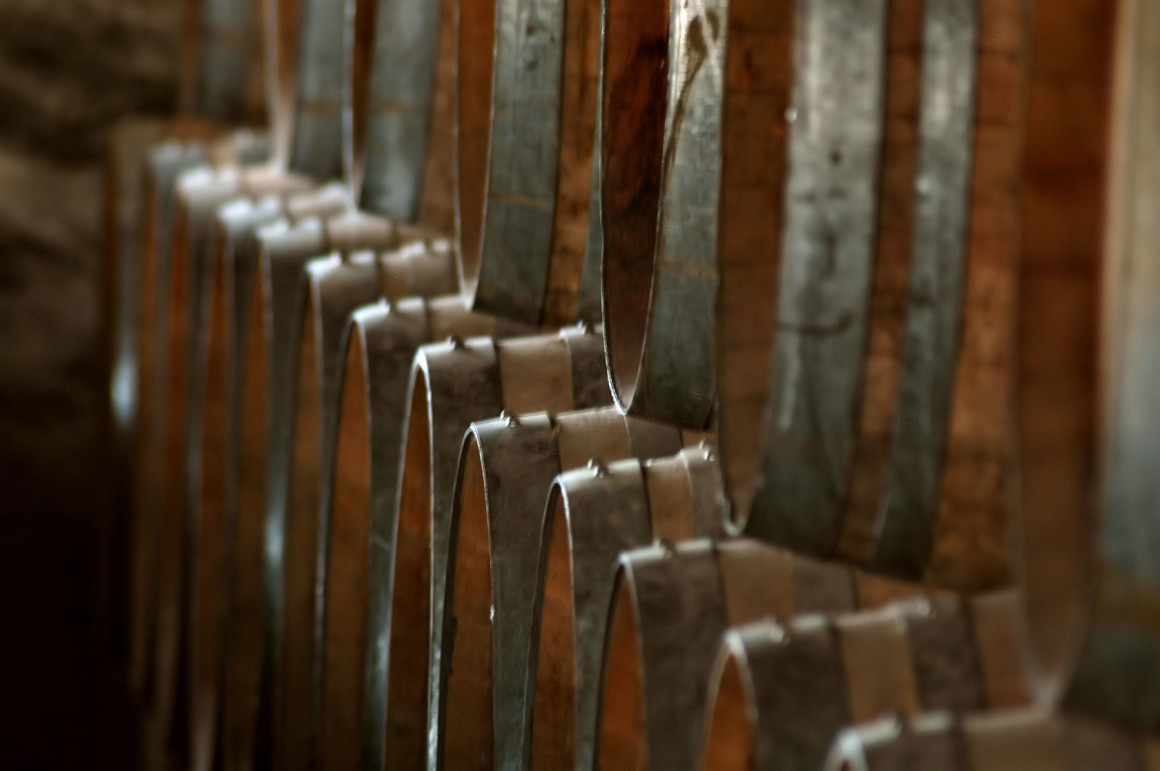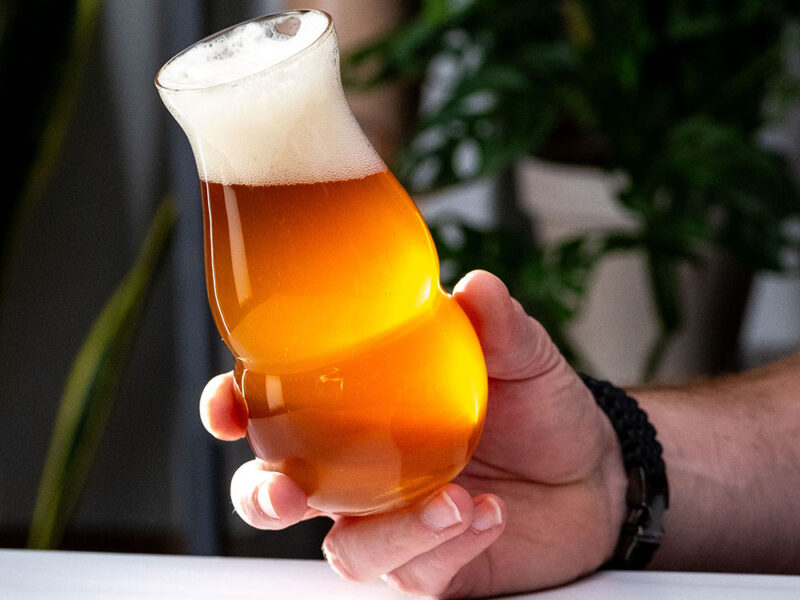Many craft brewers are taking a cue from whiskey producers and using barrels to age their beers, infusing them with distinctive flavor and character. In addition to aging spirits and beer, barrels have been used for some pretty interesting things, including making ice cream, storing cocoa beans, aging maple syrup and even adding flavor to a hog.
Barrel aging is an amazing way to enhance a beer’s flavor, producing notes of caramelized sugar, charred wood and a hint of smoke. The phenolic units in the wood of a charred barrel can even create flavors close to clove or vanilla. You can read more about barrel-aging in one of our previous posts.
As more and more distillers and brewers seek to use barrels in their aging processes, the fewer barrels there are. High demand portends what many craftsmen fear most: barrel shortages.
In 2004, there were 70 craft distilleries in the United States. Today there are more than 600, distilling gin, vodka, rum, whiskey and even moonshine. Though it’s a different game, breweries often use the same barrels distilleries use, making them all fair game.
Jamie Fulton, head brewer at Dallas-based Community Beer Company, is well acquainted with the barrel scarcity. “This is not a surprising situation, as the same thing has happened with hops available to craft brewers, especially the most sought-after aroma varieties that are important to hop-forward beers,” he says. “Unlike with hops though—where acreage is being rapidly increased—the barrel shortage will likely get even worse.”
At (currently) $275 apiece, barrels cost more than twice that of a 53-gallon standard cask. Not only that, barrels are smaller nowadays, holding just 30 gallons—less than half of what’s typical when aging spirits. This reduction in size has quadrupled the cost of distilling whiskey. (Expect whiskey prices to increase, by the way.)
So why not just make more barrels? Well, that’s easier said than done.
To build the barrels, the right kind of wood has to be split, dried and shaped into shrill staves, then hooped, heated, turned pliable and formed into its final shape. This is all before it’s charred. And the equipment needed for this process can’t be picked up at your local hardware store; most items are 50 to 100 years old.
The type of materials needed depends on the conditions of the wood used. Loggers have had difficulty hitting their quota the past few years due to exceptionally cold and wet seasons.
Though many brewers are confident this shortage is temporary, it doesn’t mean they aren’t feeling its effects. Barrel-aging plans have been put on hold and many are scrambling to find their own cooperage connections, both locally and nationally.
One could say it’s whiskey’s fault, but really it’s that so many people have fallen in love with barrel aging. Too much of a good thing isn’t always sustainable, unfortunately.
While many big distilleries (Jim Beam and Wild Turkey) and larger craft breweries (Firestone Walker and Goose Island) are able to buy in bulk, the little guys are left scrambling for the leftovers.
“What I have found is that I can source barrels fairly easily if I commit to buying an entire truckload,” Fulton explains. “For smaller brewers, who often just want one or two barrels, this is not a possibility and leaves them at the mercy of a possible purchasing overage by one of the larger craft brewers.”
It’s only a matter of time before the industry shifts to make it work, says Fulton.
“Until that happens, craft brewers requiring rare raw materials will have to be diligent about sourcing their goods to keep the suds flowing!”








